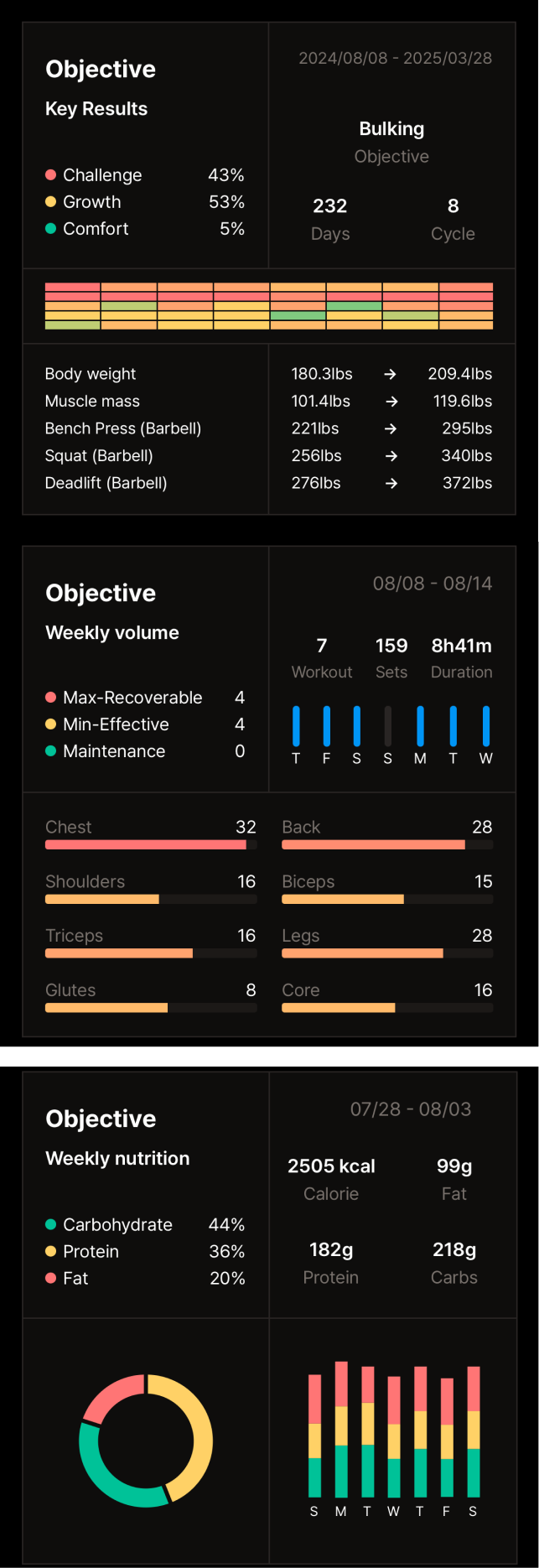Metabolic Adaptation & How to Fix It
Introduction
Imagine working tirelessly to lose weight, only to hit a plateau despite your best efforts. Frustrating, right? This article explores the concept of metabolic adaptation—a process where your body becomes remarkably efficient at conserving energy, often hindering weight loss efforts—and provides actionable strategies to overcome it. We'll delve into personal stories of individuals who faced this common challenge and successfully navigated it through strategic changes in their diet and exercise routines.
What is Metabolic Adaptation?
Metabolic adaptation, simply put, is your body's natural response to prolonged caloric deficits. When you consistently consume fewer calories than you expend, your body adjusts to conserve energy. This survival mechanism, while beneficial in times of famine, can become a roadblock on your fitness journey. Understanding metabolic adaptation is crucial for achieving long-term weight management goals and maintaining a healthy metabolism. For example, consider Sarah, a dedicated athlete who significantly reduced her calorie intake to lose weight quickly. Initially, she saw rapid progress, but after a few weeks, her weight loss plateaued, and she felt constantly fatigued despite her rigorous training. Sarah's experience illustrates how metabolic adaptation can hinder even the most disciplined efforts.
Signs and Symptoms of Metabolic Adaptation
Physical Indicators
Common physical signs of metabolic adaptation include persistent fatigue, difficulty losing weight despite consistent effort, and a noticeable decrease in strength and endurance. You might find yourself struggling with workouts that were once easy.
Psychological Effects
Beyond the physical symptoms, metabolic adaptation can also impact your mental well-being. Increased cravings for calorie-dense foods, mood swings, and difficulty concentrating are common psychological effects.
Real-Life Example
Imagine a fitness enthusiast, John, who initially thrives on a low-calorie diet, experiencing significant weight loss and increased energy. However, after several months, he finds himself constantly thinking about food, experiencing unpredictable mood swings, and struggling to maintain his usual workout intensity. John's experience highlights the psychological toll that metabolic adaptation can take.
Causes of Metabolic Adaptation
Several factors contribute to metabolic adaptation. A primary cause is a prolonged calorie deficit. When your body senses a consistent shortage of energy, it slows down its metabolic rate to conserve resources. This slowdown is known as adaptive thermogenesis. Another contributing factor is the interplay between exercise and metabolic slowdown. Overtraining, especially without adequate nutrition, can exacerbate metabolic adaptation. Your body perceives the intense physical activity as a stressor, further prompting it to conserve energy.
Strategies to Overcome Metabolic Adaptation
Fortunately, there are effective strategies to counteract metabolic adaptation and reignite your weight loss progress. One such strategy is reverse dieting.
Step-by-Step Guide to Reverse Dieting
Reverse dieting involves gradually increasing your calorie intake to boost your metabolism. Start by increasing your daily calories by 50–100, focusing on nutrient-dense foods. Monitor your weight and adjust the calorie increase accordingly every one to two weeks. This gradual approach helps your body adapt to the increased energy intake without triggering significant weight gain.
Another powerful technique is incorporating refeed days.
Practical Tips for Refeed Days
Refeed days involve strategically increasing your calorie intake, typically carbohydrates, for a short period, usually one to two days per week. This can help reset your leptin levels and improve other hormone levels related to weight regulation. Plan your refeed days around your workouts and focus on consuming healthy carbohydrates like sweet potatoes, brown rice, and fruits.
Finally, consider exercise adjustments.
Sample Workout Plan
Shifting your focus from excessive cardio to strength training can be beneficial. Strength training builds muscle mass, which increases your resting metabolic rate. A sample workout plan could include three days of strength training targeting different muscle groups and two days of low-intensity cardio, such as walking or cycling.
Foods and Lifestyle Changes to Support Metabolic Health
Certain foods can support a healthy metabolism. Metabolism-boosting foods include protein-rich options like lean meats, fish, and eggs, as well as whole grains, fruits, and vegetables. Spices like ginger and cayenne pepper can also have a thermogenic effect, slightly increasing your metabolic rate.
Beyond diet, sleep and stress management play crucial roles in metabolic health. Aim for seven to nine hours of quality sleep per night and incorporate stress-reducing practices like meditation or yoga. Hydration is also essential. Drinking plenty of water throughout the day supports efficient metabolic processes.
Long-Term Strategies for Sustained Weight Loss
To avoid the pitfalls of metabolic adaptation, focus on avoiding yo-yo dieting. Extreme calorie restriction can lead to metabolic slowdown and make long-term weight management challenging. Prioritize balancing macronutrients—protein, carbohydrates, and fats—to support metabolic flexibility. Regularly monitor your progress and adjust your plan as needed. This proactive approach ensures you stay on track and achieve sustainable results.
Conclusion
Understanding and addressing metabolic adaptation is crucial for successful weight management. By implementing strategies like reverse dieting, incorporating refeed days, adjusting your exercise routine, and focusing on lifestyle changes, you can overcome this common obstacle and achieve your fitness goals. Remember, consistency and a balanced approach are key. Apply these insights to your fitness journey and explore additional resources for deeper learning. You can achieve sustainable weight loss and maintain a healthy metabolism for the long term.

